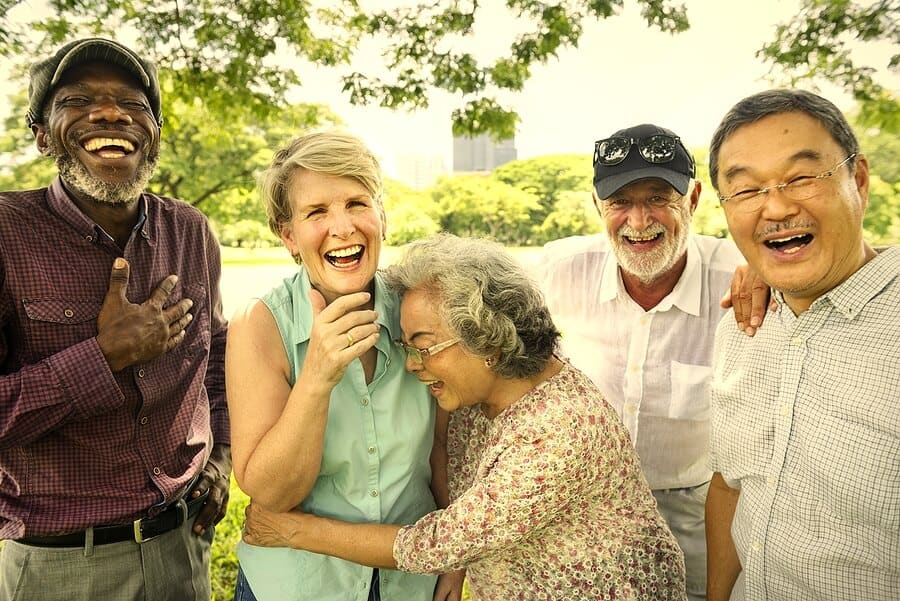In our increasingly interconnected world, celebrating diversity goes beyond appreciating cultural traditions, languages, and cuisines. It also involves recognizing and addressing the unique needs of individuals within diverse communities, including those with hearing impairments. Today, let’s explore the significance of hearing aids in the context of different cultures and how advancements in technology are fostering inclusivity.
Cultural Perspectives on Hearing Health
Across various cultures, the perception of hearing health can differ significantly. While some communities openly discuss and address hearing impairments, others may stigmatize or overlook them. It’s crucial to understand these cultural nuances to create effective strategies for promoting hearing wellness.
In many Asian cultures, for instance, the emphasis on collective harmony often leads individuals with hearing difficulties to endure in silence. The prevailing belief is that one’s personal challenges should not disrupt the equilibrium of the larger community. In contrast, some Western cultures may be more open about hearing impairments, actively seeking solutions to improve individual well-being.
The Role of Stigma
Stigma surrounding hearing loss can be a formidable barrier to seeking help. Culturally ingrained attitudes and misconceptions can contribute to individuals hesitating to embrace hearing aids. By fostering a culture of acceptance and awareness, we can break down these barriers and encourage individuals to prioritize their hearing health.
Tailoring Solutions to Cultural Preferences
Acknowledging cultural preferences is essential when designing and promoting hearing aids. This includes considerations for aesthetics, functionality, and ease of use. Some individuals may prefer discreet devices that blend seamlessly into their appearance, while others may appreciate bold, expressive designs that showcase personal style.
Incorporating Multilingual Support
Language is a crucial aspect of culture, and providing multilingual support in hearing aid technologies is paramount. Manufacturers are increasingly recognizing the importance of offering diverse language options in user interfaces and manuals. This not only facilitates better understanding of device functionalities but also ensures that individuals from various linguistic backgrounds can confidently use their hearing aids.
Community Outreach and Education
Effective communication strategies are vital for raising awareness about hearing health within diverse communities. Community outreach programs can play a pivotal role in educating individuals about the importance of regular hearing check-ups and the benefits of using hearing aids. By collaborating with community leaders and influencers, we can amplify the message and encourage a proactive approach to hearing wellness.
Technological Advancements in Hearing Aids
The landscape of hearing aid technology is evolving rapidly, offering innovative solutions that cater to diverse needs. From Bluetooth connectivity for seamless communication to noise-cancelling features that enhance clarity, these advancements are transforming the hearing aid experience for users across cultures.
Moreover, the development of culturally sensitive algorithms is helping customize sound profiles based on individuals’ preferences and the specific acoustic characteristics of their cultural environments. This not only improves the overall effectiveness of hearing aids but also ensures that users feel more connected to their cultural surroundings.
Celebrating diversity in the realm of hearing health involves more than just providing a one-size-fits-all solution. It requires a nuanced understanding of cultural perspectives, a commitment to breaking down stigma, and a dedication to leveraging technology for inclusivity. By embracing these principles, we can create a world where individuals from all cultures feel empowered to prioritize their hearing health, contributing to a more harmonious and connected global community.


